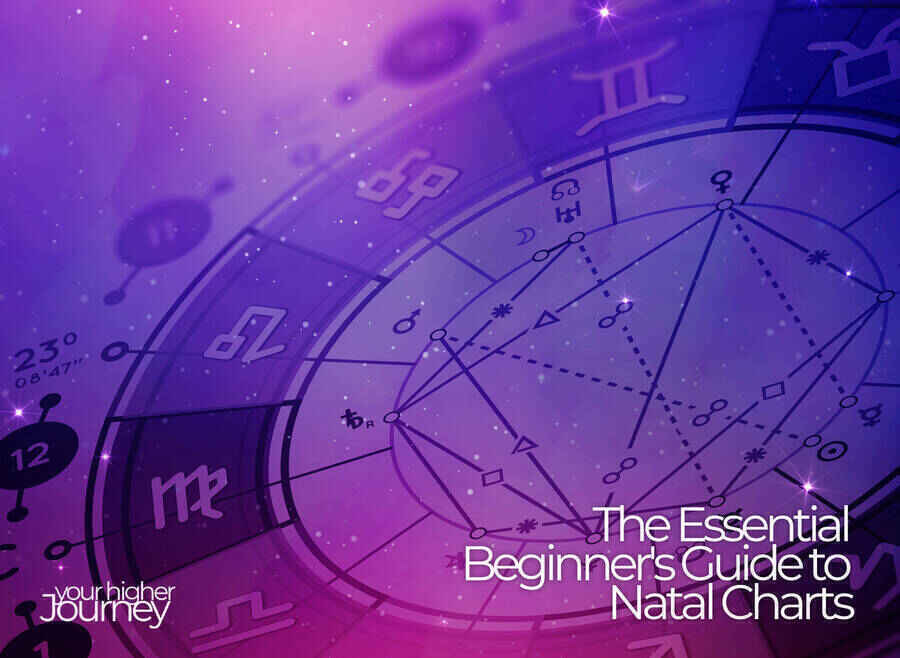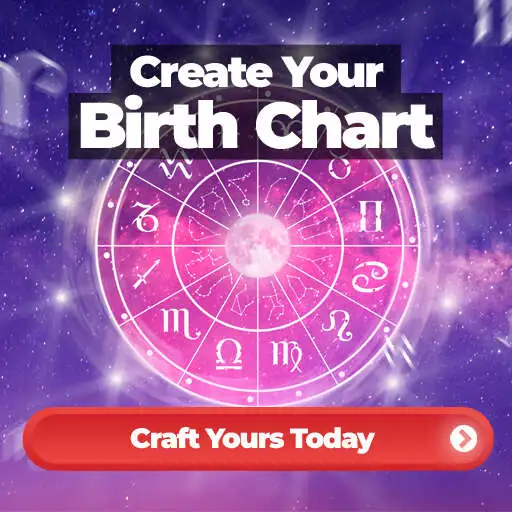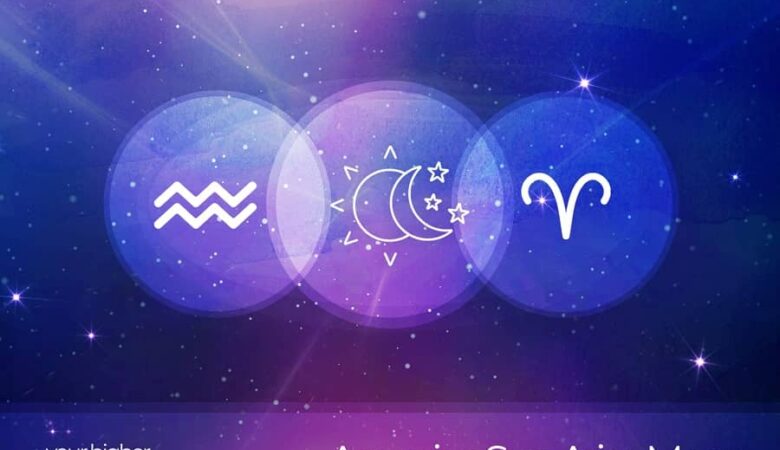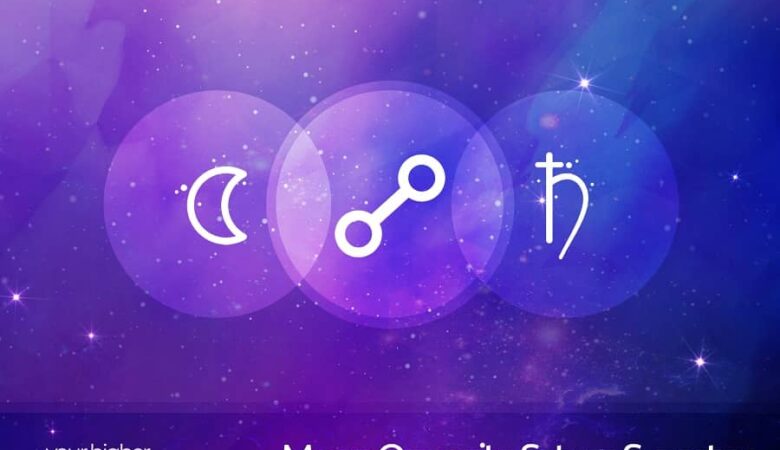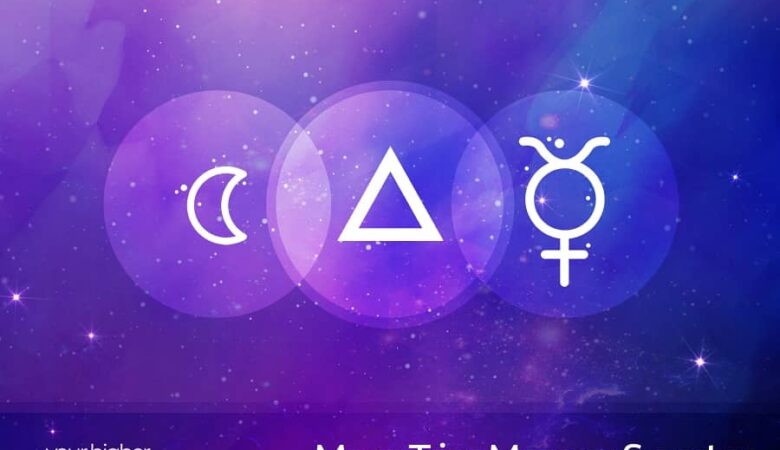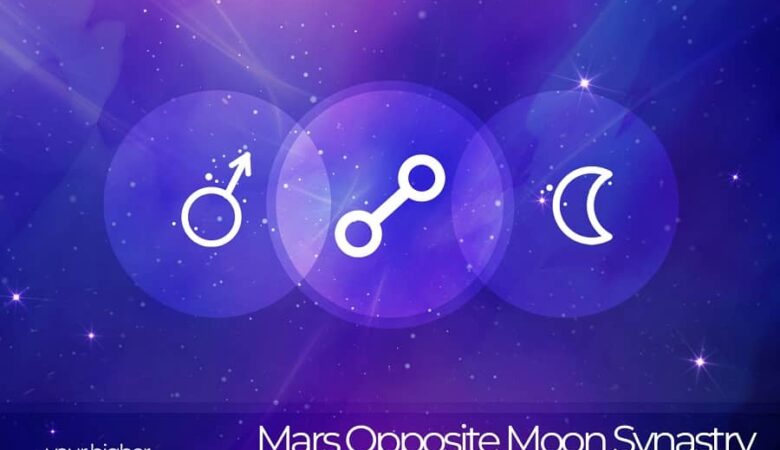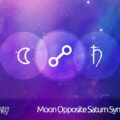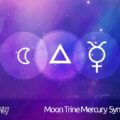A natal chart is a map of the sky at any given moment in time. It can be used to predict personality traits, future events, or anything else that has an astrological connection. If you want to get started with interpreting your own natal chart, this article will give you all the information you need!
What Does Your Natal Chart Tell You?
Your natal chart, also known as your birth chart, tells you exactly where each planet was in the sky at the exact time and place of your birth. Natal charts are a valuable tool that can help you figure out your true self. They provide insight into your personality, life path, and how to navigate it in the most harmonious way possible.
Your natal chart will also indicate the challenges you will face in life and provide you with guidance on how to use these tougher moments as learning lessons and opportunities for growth.
In order to acquire a natal chart, you will need to know the exact hour and minute of your birth, as well as the date and city you were born in. You can easily generate yours using our free birth chart calculator here. If you would like a more in-depth view of your chart or some additional support in interpreting it, you can read our free astrology guides on natal chart placements.
How Do I Read My Natal Chart?

The birth chart is essentially a wheel diagram broken into the twelve zodiac signs and twelve house segments, each spanning 30 degrees. The planets will appear in any sign or house, reflecting their positions at your time of birth.
While popular astrology offers horoscopes predictions focused only on star or sun signs, the natal chart reveals where all other celestial bodies were when you were born.
The sun, moon, and rising sign (Ascendant) are the big 3. The first step in understanding your birth chart is to learn about these placements since they significantly influence your personality.
1 Sun Signs
The sun sign is the first point of interest when looking at a birth chart. This astrological element indicates where your personal energy comes from and what type of person you are, as well as how others perceive you. The sun sign can be seen as your personal filter for viewing the world. It will determine how you make meaning and what you value, as well as what motivates and inspires you.
2 Moon Signs
The moon sign is the second most important point of significance when examining a natal chart. This placement indicates what type of emotions and experiences are important to you, how much energy you have, your personal rhythms or cycles, as well as your deepest desires.
Your moon sign can strongly indicate how you will react to events in your life and what you will do when faced with challenges, as well.
The moon also governs the unconscious mind and the personal memories that we’ve had. It is also the most feminine planet of the zodiac, often representing fertility and maternal energy.
3 Ascendant Signs
The ascendant is the third most crucial reference point in a birth chart. It indicates personality traits or qualities tied to your ego – how others perceive you. The Ascendant is also sometimes referred to as the rising sign because it appears on the Easter horizon when you were born.
The ascendant is the most personal of all the astrological placements and will govern how you interact with others, your appearance, how you project your self-image, the kind of first impressions you leave on people, and your motivations in life. It will indicate potential career paths and what type of partner you should look for to be happy. If you know what your ascendant sign is, you can learn more about it here.
What Role Do The Planets Play In My Birth Chart?
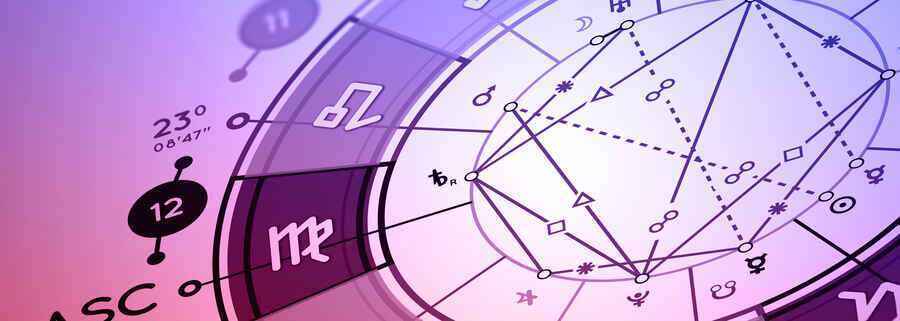
The second step in understanding the natal chart is to learn about each planet’s meaning. The other planets are Mercury, Venus, Mars, Jupiter, Saturn, Uranus, Neptune, and Pluto. You will have different astrological traits based on which planets are the strongest in your chart.
To determine your astrological traits, look at where each planet is within your natal chart and whether it falls into an air, fire, water, or earth zodiac sign. The houses and zodiac signs will be under the spell or influence of the planets that occupy them.
1 Mercury
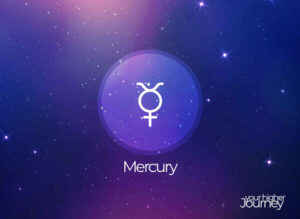
2 Venus
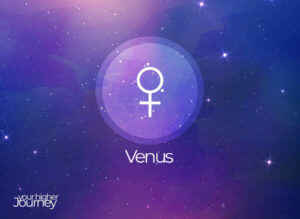
3 Mars
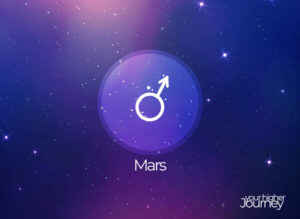
4 Jupiter

5 Saturn
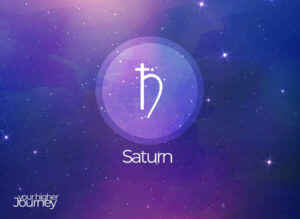
6 Uranus

7 Neptune
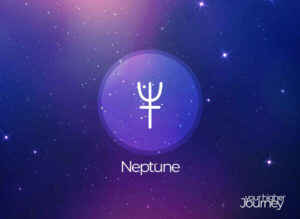
8 Pluto
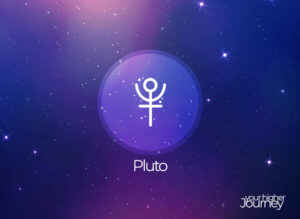
How Do You Read Houses On A Birth Chart?
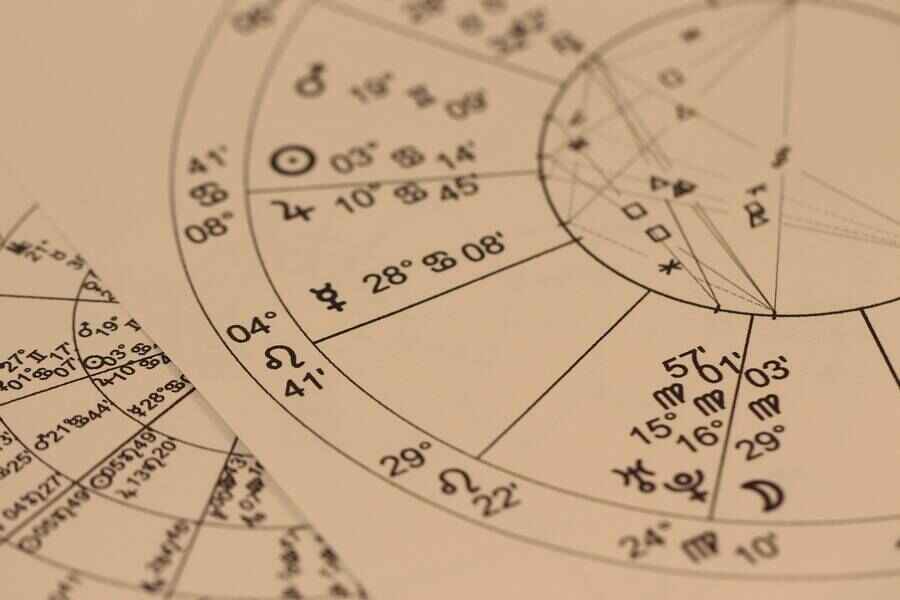
The third step in understanding the natal chart is to study houses. These are 12 segments divided into 30 degree angels on your birth chart, each representing a different area of life. Various signs and planets will align with each house of your chart. Houses generally belong to three categories- personal, family, and public life- with the exception of the 12th house.
1 1st House
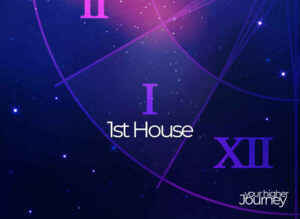
2 2nd House
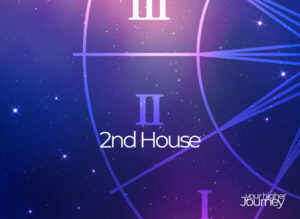
3 3rd House
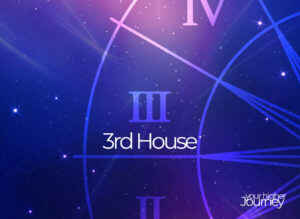
4 4th House
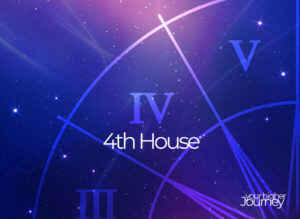
5 5th House
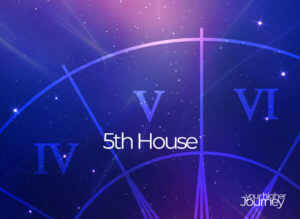
6 6th House
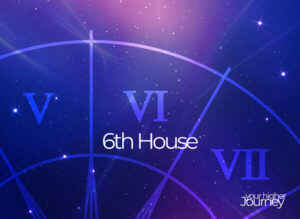
7 7th House
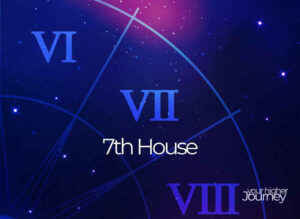
8 8th House
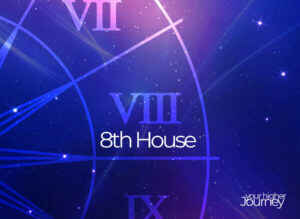
9 9th House
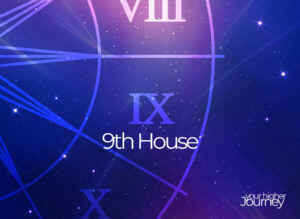
10 10th House
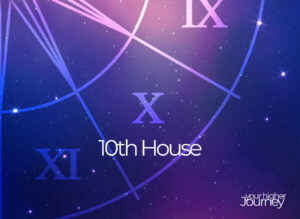
11 11th House
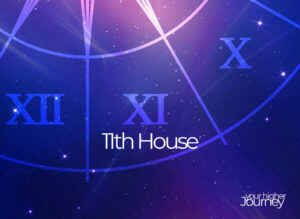
12 12th House
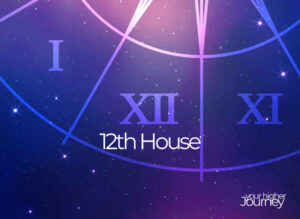
What Are The Most Important Aspects In A Natal Chart?

The fourth consideration to make when reading your natal chart is your aspects. These are angular alignments planets make with each other. They will show areas of your life that enjoy more synergy where you can thrive and make something great happen with another person or yourself. Planetary aspects can also bring to light negative energies that bring up challenges in specific areas of your life and how they manifest, providing an opportunity for self-awareness, growth, and transformation.
Here are four of the major aspects you will discover in your birth chart. Identify them in your chart and see which planets are connecting to each other in those areas. The signs and planets will provide you clarity as to what they mean.
1 Trines
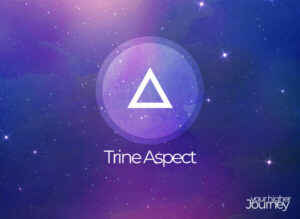
2 Squares
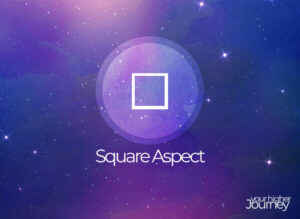
3 Oppositions
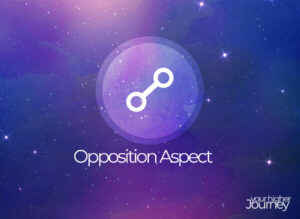
4 Conjunctions
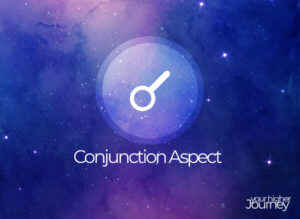
Summary About Natal Birth Charts
There are a lot of factors that go into chart reading and the natal chart is different for every person depending on what time they were born or where they were born. However, with practice, you will learn how to read your own personal charts and find new insights about yourself that can improve and empower your life.
Frequently Asked Questions About Astrological Natal Charts
While exploring what secrets your astrological birth chart holds, some things may not be clear. Here are some answers to frequently asked questions that may come to mind as you discover more about astrology.
1 Do Zodiac Signs Follow a Chronological Order in the Birth Chart?
Yes. Zodiac signs follow a chronological order in the birth chart, typically moving counterclockwise around the astrological wheel. Therefore, this means that the signs progress from Aries to Taurus, then to Gemini, and so on, until ending with Pisces before looping back to Aries.
Visualizing the astrological wheel as a circle can help understand the flow of the signs, with each sign occupying a 30-degree segment of the wheel and transitioning seamlessly into the next zodiac sign as the wheel turns counterclockwise.
2 Is My Birth Chart Accurate Without a Precise Time of Birth?
Without the birth time, your chart won’t be fully detailed, but it can still offer insights. You’ll learn your Sun sign and planetary positions, revealing general personality traits and life themes.
To obtain your birth time, explore options such as checking your long-form birth certificate, consulting with your parents or family members for recollection, or contacting the hospital where you were born or the institution responsible for maintaining birth records in your locality (note that fees may apply).
As a more advanced option, you can consider rectification astrology, where an astrologer works with you to analyze your life events and attempt to pinpoint your birth time.
You can still create a chart based on an estimated birth time, but it won’t show your rising sign, and the accuracy of the Moon and house placements may be compromised. While a precise time of birth is ideal, a natal chart without it can still be a great starting point for exploring astrology.
3 Can You Have Multiple Planets in One House or Sign?
Yes. Finding multiple planets in a single sign or house cusp in a natal chart is common. When three or more planets occupy one single sign or house cusp, this creates what astrologers call a stellium.
This concentration of energy can create a focal point for personal development and experiences related to the themes of that sign or house cusp. However, it’s essential to consider how these planets interact with each other through aspects and their individual placements, as this can further shape their expression in your chart.
4 Can You Have Two Zodiac Signs in One House?
Yes, it’s possible to have two signs in one house in an astrological chart. This occurs when a house spans across two zodiac signs, often due to the use of unequal house systems like Placidus. When two signs span a house, both influence the themes and energies associated with that house, adding depth and complexity to its interpretation.
In contrast, the Equal House System divides the chart into twelve equal 30-degree houses. In this system, each house typically aligns with a single sign. However, depending on the Ascendant’s degree, a house can still span the end of one sign and the beginning of another.
5 What is an Intercepted Sign in a Birth Chart?
An intercepted sign in a birth chart occurs when a zodiac sign is entirely contained within a house and does not appear on any house cusp. That means the qualities and themes of the intercepted sign may not be as readily expressed or easily accessed in the individual’s life. Interceptions are significant in astrology as they suggest areas where you may need to consciously integrate the qualities of the intercepted sign into your life.
6 What Does it Mean When a Planet is Between Houses?
When a planet is between houses in an astrological chart, it will be right on the boundary of two adjacent houses and won’t fall squarely within either cusp. Planets between houses can introduce a blending or overlapping of the themes associated with the two houses involved. The planet’s energy may influence both areas of life represented by the adjacent houses, creating a connection or synergy between them.
7 What is the Difference Between Progressed and Natal Charts?
Your natal chart reflects your celestial positions at birth, providing insights into your inherent personality traits and life path.
On the other hand, a progressed chart tracks your ongoing evolution by advancing planetary positions based on your age. It uses your natal chart as a base and calculates how the planets would’ve moved if a day in the chart represents a year of your life. This advancement helps you understand how your natal energies might unfold and evolve over time.
So, while your natal chart remains static, your progressed chart is dynamic, revealing insights into your personal growth and future life themes. Both charts are used in astrology to provide a comprehensive understanding of your astrological profile and predictive insights into your future.
8 What are Dominant Elements in a Birth Chart?
This phrase refers to the element (fire, earth, air, or water) with the most planets in your chart. The dominant element will contribute a more potent influence on your overall personality and approach to life.
For instance, if most of the planets in a chart are in fire signs, this may indicate a strong emphasis on passion, creativity, and enthusiasm. In contrast, a chart with many planets in earth signs might suggest practicality, stability, and groundedness.
Understanding dominant elements can provide valuable insights into your personality, strengths, and areas for growth.
9 Can Twins Have Different Astrology Charts?
Absolutely! Even identical twins, born very close together, can have slightly different birth times due to their order of emergence. This slight difference in timing can shift the placements of some planets (especially the faster-moving ones like the Moon) in their respective charts. These differences can influence their personalities and life paths.
10 What are the Different House Systems in Astrology?
Astrology uses various house systems to divide the chart into sections. Placidus is the most common, but others exist, such as the Koch, Whole Sign, Vehlow, Campanus, Regiomontanus, and Equal House systems.
While the house system can affect interpretations, the core meaning of planets and signs remains similar across systems. Experiment and see which resonates most with you.
11 What do Asteroids in the Natal Chart Mean?
Although not as popular as the planets, asteroids in the natal chart represent additional points of interest that astrologers use to gain deeper insights into an individual’s personality, relationships, and life path. Here are 5 of the most common ones.
- Chiron, often known as the ‘Wounded Healer,’ symbolizes healing, transformation, and using past wounds to gain wisdom.
- Ceres, associated with nurturing and motherhood, reflects how you care for yourself and others and where you might find fulfillment in nurturing roles.
- Juno reveals your ideal relationship style, what you seek in commitment and the balance of power in relationships.
- Pallas, representing wisdom and strategy, indicates intellect, creative problem-solving, and the pursuit of truth and justice.
- Vesta, the asteroid of devotion and focus, reflects themes related to dedication, purity, and pursuit of spiritual or creative fulfillment.
12 What Do ASC, DC, MC, and IC mean in Astrology?
You may have come across abbreviations like ASC (Ascendant), DC (Descendant), MC (Midheaven, and IC (Imum Coel1) while exploring your natal or synastry chart. These angular houses mark the beginning of the four cardinal signs (Aries, Cancer, Libra, and Capricorn) and the four cardinal houses, each holding significant meaning in various aspects of an individual’s life:
- ASC (Ascendant): This is your rising sign, which marks the 1st house. It shows how you present yourself to the world and the first impression you make.
- DC (Descendant): Appears directly opposite the Ascendant and marks where the 7th house begins. It signifies partnerships, collaborations, and how you attract others.
- MC (Medium Coeli or Midheaven): This is the highest point of the chart that marks the beginning of the 10th house. It represents your career aspirations, public image, and goals for achievement.
- IC (Imum Coeli): The lowest point of the chart marking the 4th house and opposite the MC. It signifies your home life, family roots, and sense of security.
Understanding these points in the astrological chart provides valuable insights into different areas of your life, and you learn more about your personality, relationships, career, and home environment.
13 What are the North and South Nodes in the Astrological Chart?
These points in your natal chart are also called the lunar nodes. They signify your soul’s journey and karmic lessons.
The North Node, or True Node, points to your life’s purpose and the direction in which you will evolve in this lifetime.
Conversely, the South Node reflects past patterns and tendencies you carried over from previous lifetimes, urging you to integrate the gifts learned while releasing outdated behaviors.
Together, these nodes form an axis highlighting the balance between your past and future, offering insights into your soul’s journey and potential paths to evolution.

